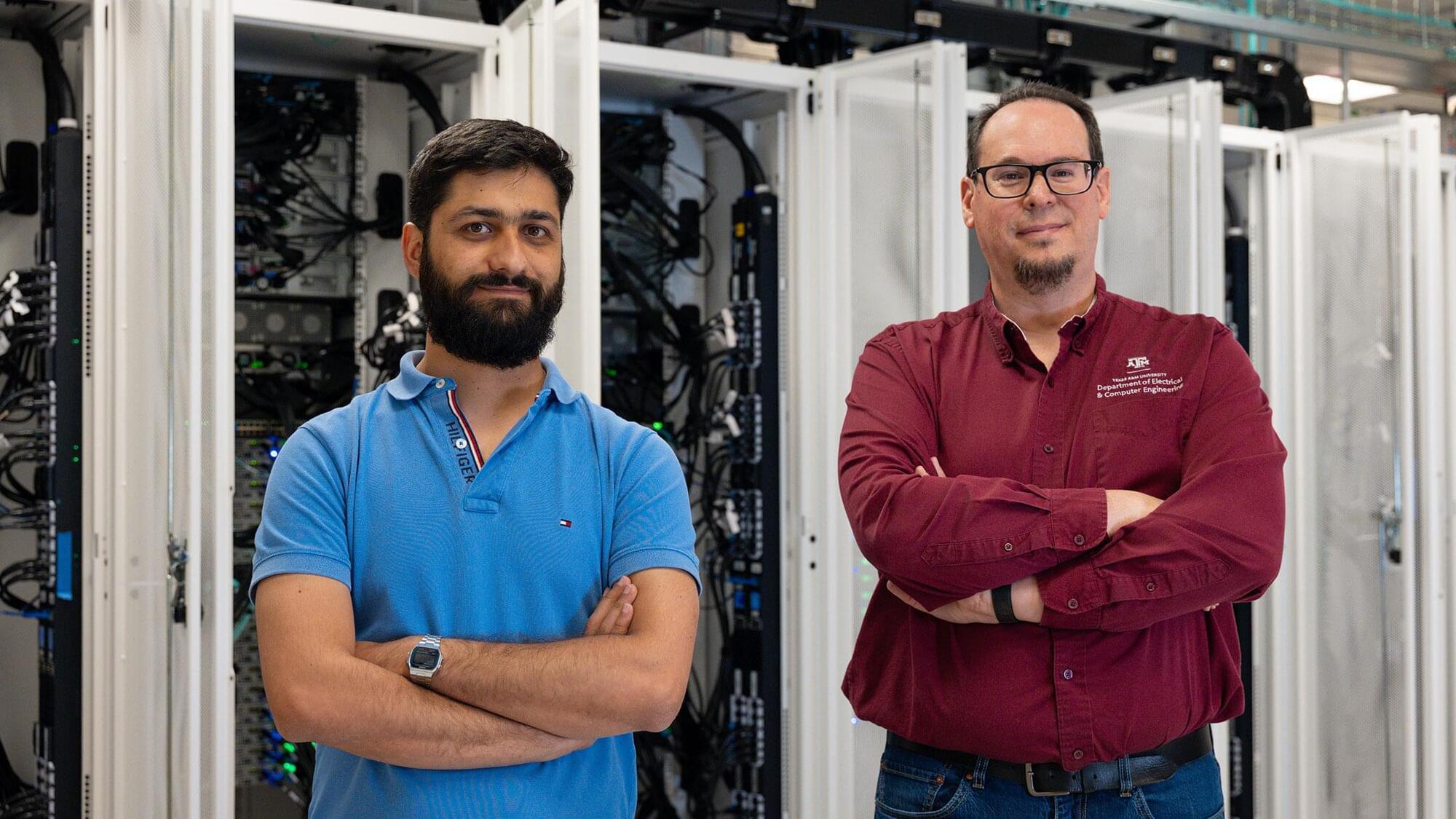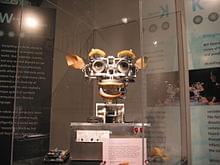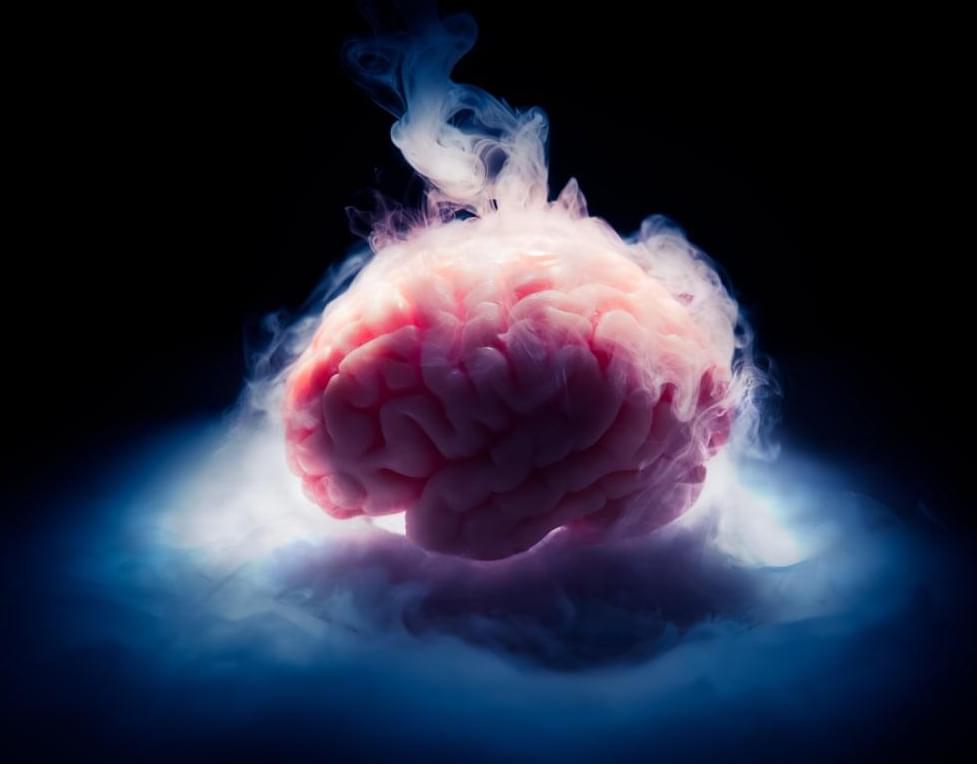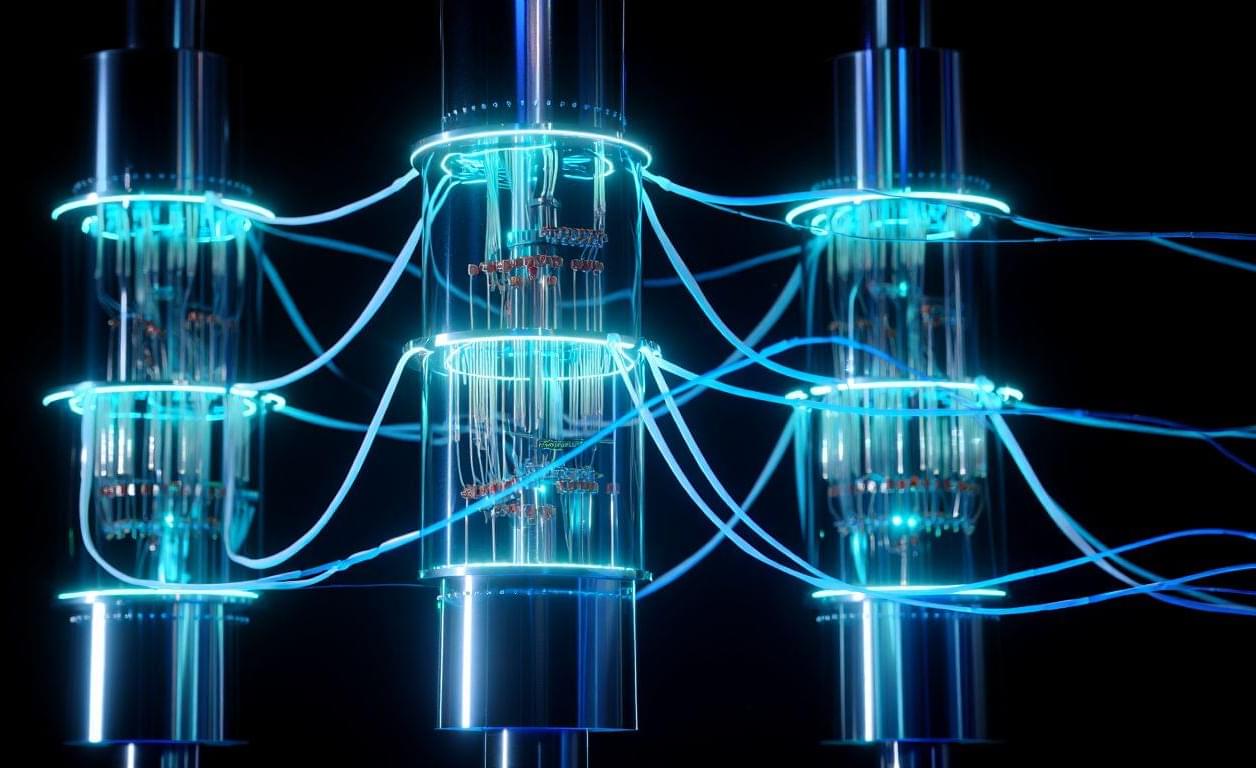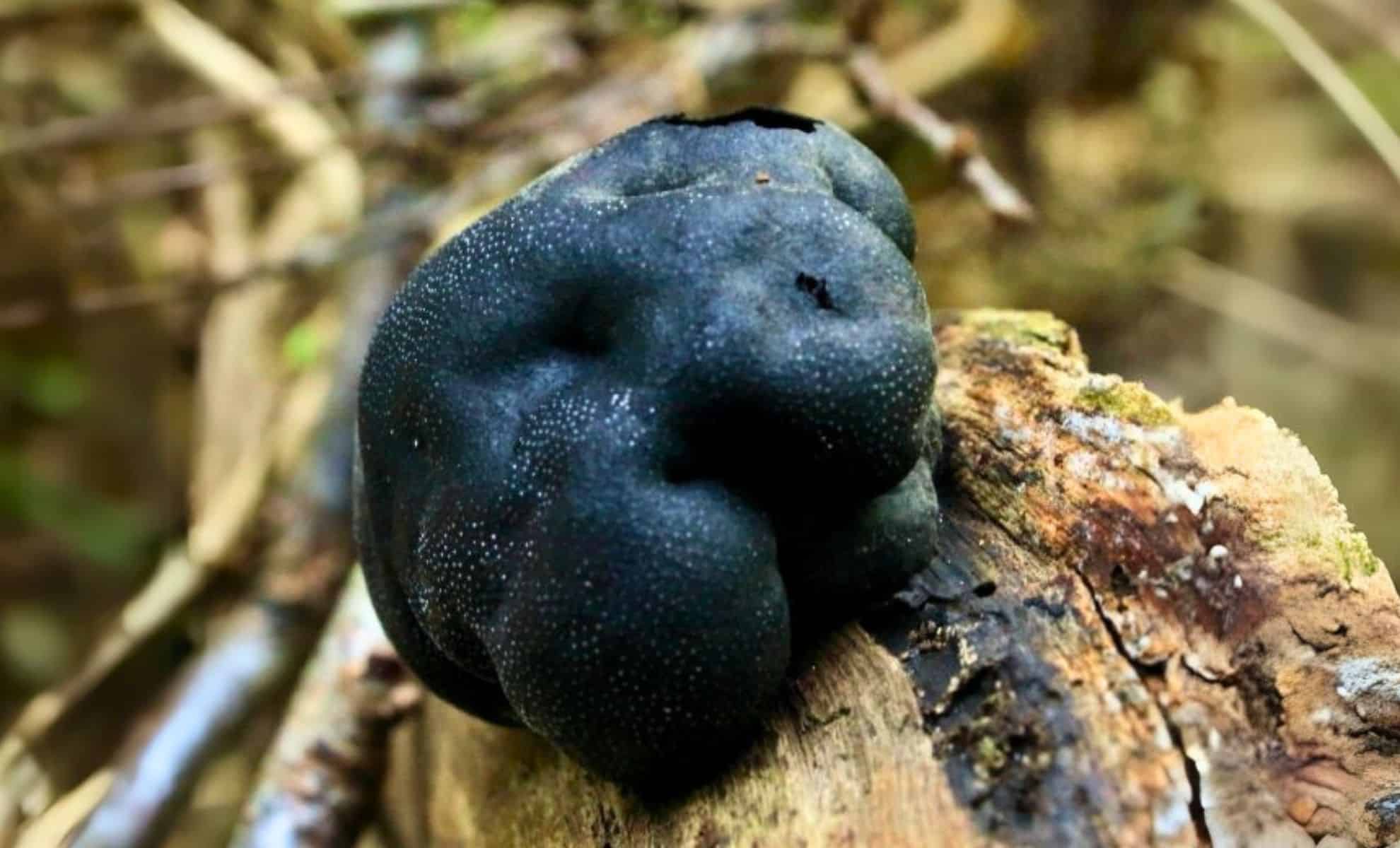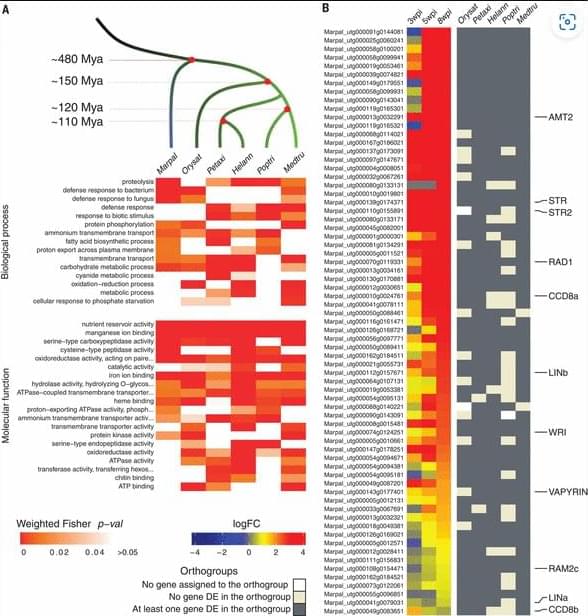What happens when trailblazing engineers and industry professionals team up? The answer may transform the future of computing efficiency for modern data centers.
Data centers house and use large computers to run massive amounts of data. Oftentimes, the processors can’t keep up with this workload because it’s taxing to predict and prepare instructions to carry out. This slows the flow of data. Thus, when you type a question into a search engine, the answer generates more slowly or doesn’t provide the information you need.
To remedy this issue, researchers at Texas A&M University developed a new technique called Skia in collaboration with Intel, AheadComputing, and Princeton to help computer processors better predict future instructions and improve computing performance.
